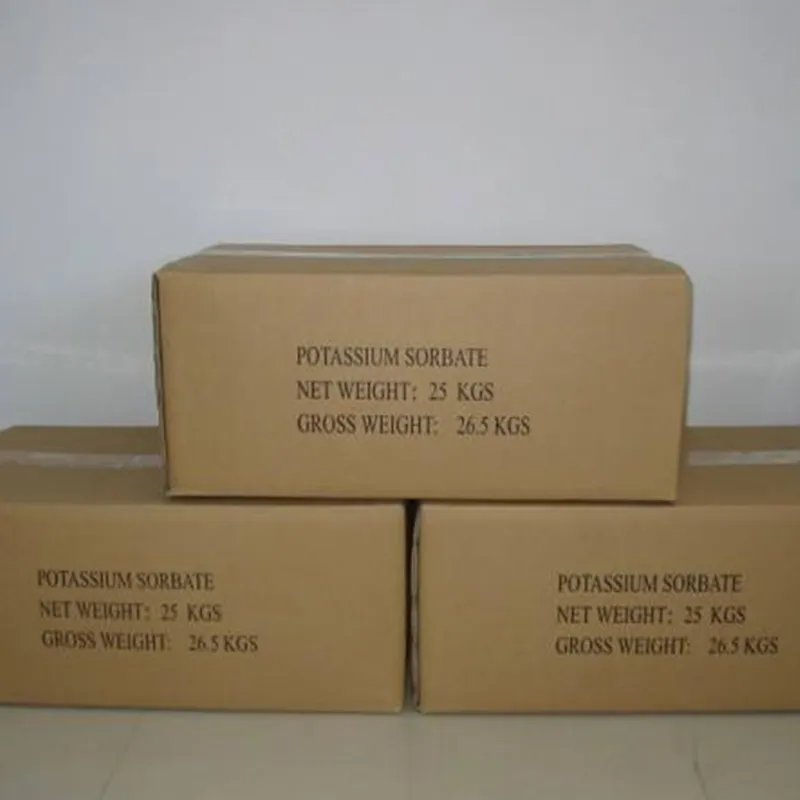
formic acid use
The Versatile Applications of Formic Acid
Formic acid, or methanoic acid, is the simplest carboxylic acid, with the molecular formula HCOOH. It is a clear, colorless liquid with a pungent odor, and it is highly soluble in water, making it an essential chemical in various industries. Its unique properties and versatility contribute to its widespread use in agriculture, food production, pharmaceuticals, and other sectors.
Agricultural Uses
One of the primary applications of formic acid is in agriculture. It serves as a preservative for silage, allowing farmers to store fodder for livestock effectively. When added to silage, formic acid aids in the fermentation process, helping to maintain the nutritional quality of feed while reducing spoilage. Moreover, its antimicrobial properties prevent the growth of harmful bacteria and fungi, ensuring that livestock receive healthy and safe feed.
In addition to its role in feed preservation, formic acid is also utilized as a pesticide. Its effectiveness in controlling pests and weeds makes it an invaluable tool for farmers. Formic acid can act as a deterrent against various insects and has shown promise as a natural herbicide. This aspect of its application aligns with the increasing demand for sustainable agricultural practices, providing an eco-friendly alternative to synthetic pesticides.
Industrial Applications
Beyond agriculture, formic acid plays a crucial role in several industrial processes. It is widely used in leather production as a pH regulator and preservative. The acid helps to improve the quality of leather by stabilizing proteins, thus making the tanning process more efficient. Formic acid is also used in the textile industry, where it serves as a dyeing and finishing agent. Its ability to enhance the uptake of dyes contributes to more vibrant and long-lasting colors in fabrics.
Another significant industrial application of formic acid is in the production of chemical intermediates. It is a vital raw material in the synthesis of various chemicals, including methanol, acetic acid, and various esters. The versatility of these derivatives extends the relevance of formic acid across multiple sectors, including plastics, pharmaceuticals, and food additives.
formic acid use

Food Production
In the food industry, formic acid is used as a preservative and an acidifying agent. It helps to regulate the pH levels in food products, which can enhance flavor and increase shelf life. Formic acid is particularly effective in the preservation of meat and dairy products, preventing the growth of spoilage organisms. Furthermore, due to its natural occurrence in certain foods, such as ants and stinging nettles, many consumers view formic acid as a safe and acceptable food additive.
Additionally, formic acid plays a role in food fermentation processes. It can be utilized in the production of pickled foods, contributing to their distinct tangy flavor while inhibiting unwanted microbial growth. Its ability to act as a natural preservative aligns with the growing consumer preference for clean labels and natural ingredients.
Pharmaceutical Applications
Formic acid also finds application in the pharmaceutical industry, where it is used in the synthesis of various active pharmaceutical ingredients (APIs). Its role as a reagent in chemical reactions is crucial for developing medications that benefit human health. Furthermore, its capacity to influence biological systems makes it an area of interest for research and development in drug formulation.
Conclusion
In conclusion, formic acid is a multifaceted compound with an array of applications across different sectors. Its significance in agriculture, industry, food production, and pharmaceuticals cannot be overstated. As the world increasingly leans towards sustainable and environmentally responsible practices, the demand for formic acid is likely to grow. With its natural origins and diverse uses, formic acid is poised to remain a vital component in various fields, contributing to innovations that benefit society and the environment alike. The continued exploration of its capabilities may unlock even more potential, ensuring that formic acid remains relevant in the evolving landscape of chemical applications.
-
The Safety Challenges of Ammonium Nitrate FertilizerNewsJun.26,2025
-
The Critical Role of Mining ChemicalsNewsJun.26,2025
-
Shelf Life of Glacial Acetic Acid Food GradeNewsJun.26,2025
-
Enhancing PVC Longevity with 1,2,3-Benzotriazole InnovationsNewsJun.26,2025
-
China’s Dominance in Food Additive ProductionNewsJun.26,2025
-
Can Aluminum Hydroxide Replace More Toxic Alternatives?NewsJun.26,2025
-
PE and PP Plastics with Benzotriazole AdditivesNewsJun.12,2025
Hebei Tenger Chemical Technology Co., Ltd. focuses on the chemical industry and is committed to the export service of chemical raw materials.
-

view more DiethanolisopropanolamineIn the ever-growing field of chemical solutions, diethanolisopropanolamine (DEIPA) stands out as a versatile and important compound. Due to its unique chemical structure and properties, DEIPA is of interest to various industries including construction, personal care, and agriculture. -

view more TriisopropanolamineTriisopropanolamine (TIPA) alkanol amine substance, is a kind of alcohol amine compound with amino and alcohol hydroxyl, and because of its molecules contains both amino and hydroxyl. -

view more Tetramethyl Thiuram DisulfideTetramethyl thiuram disulfide, also known as TMTD, is a white to light-yellow powder with a distinct sulfur-like odor. It is soluble in organic solvents such as benzene, acetone, and ethyl acetate, making it highly versatile for use in different formulations. TMTD is known for its excellent vulcanization acceleration properties, which makes it a key ingredient in the production of rubber products. Additionally, it acts as an effective fungicide and bactericide, making it valuable in agricultural applications. Its high purity and stability ensure consistent performance, making it a preferred choice for manufacturers across various industries.











